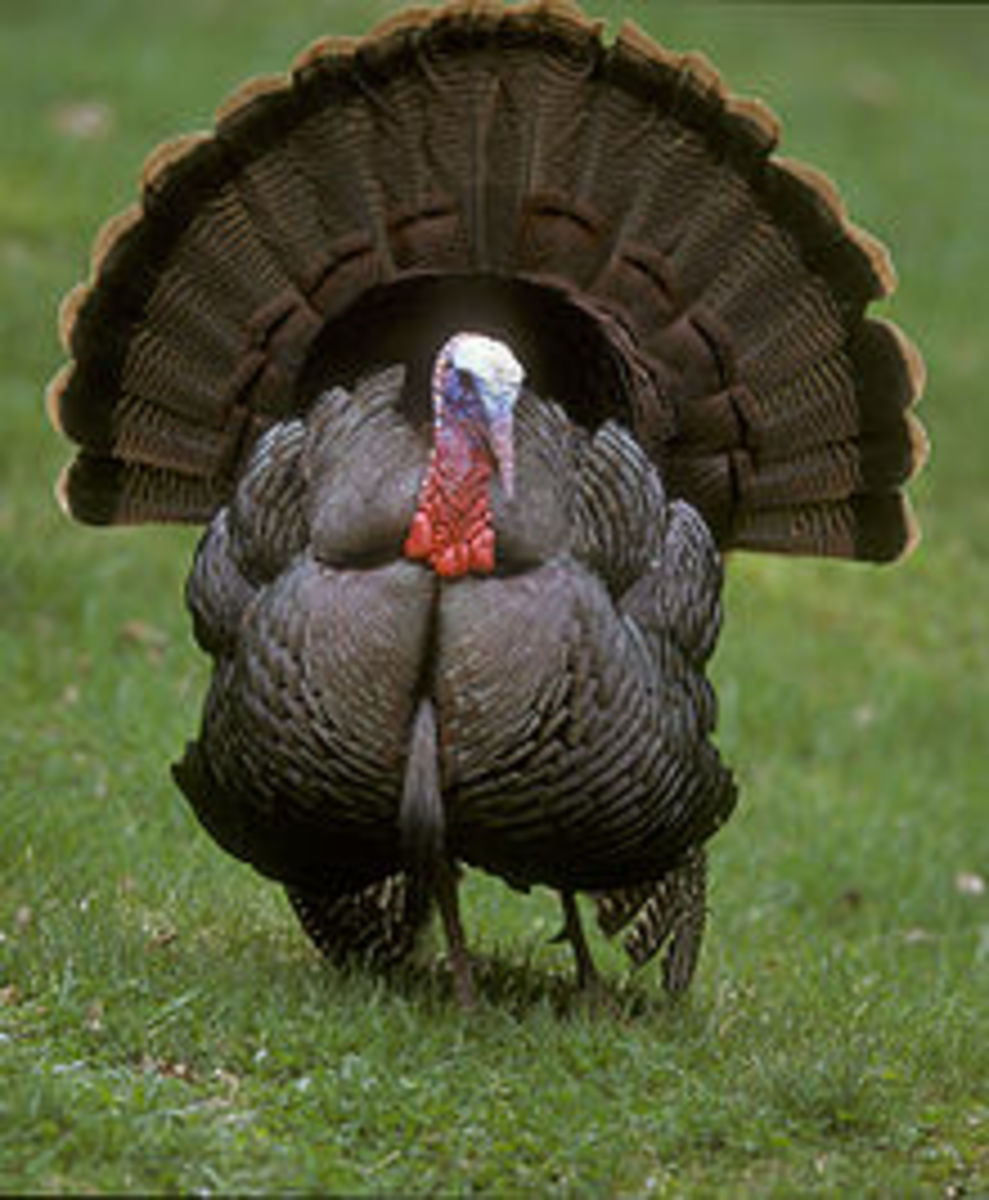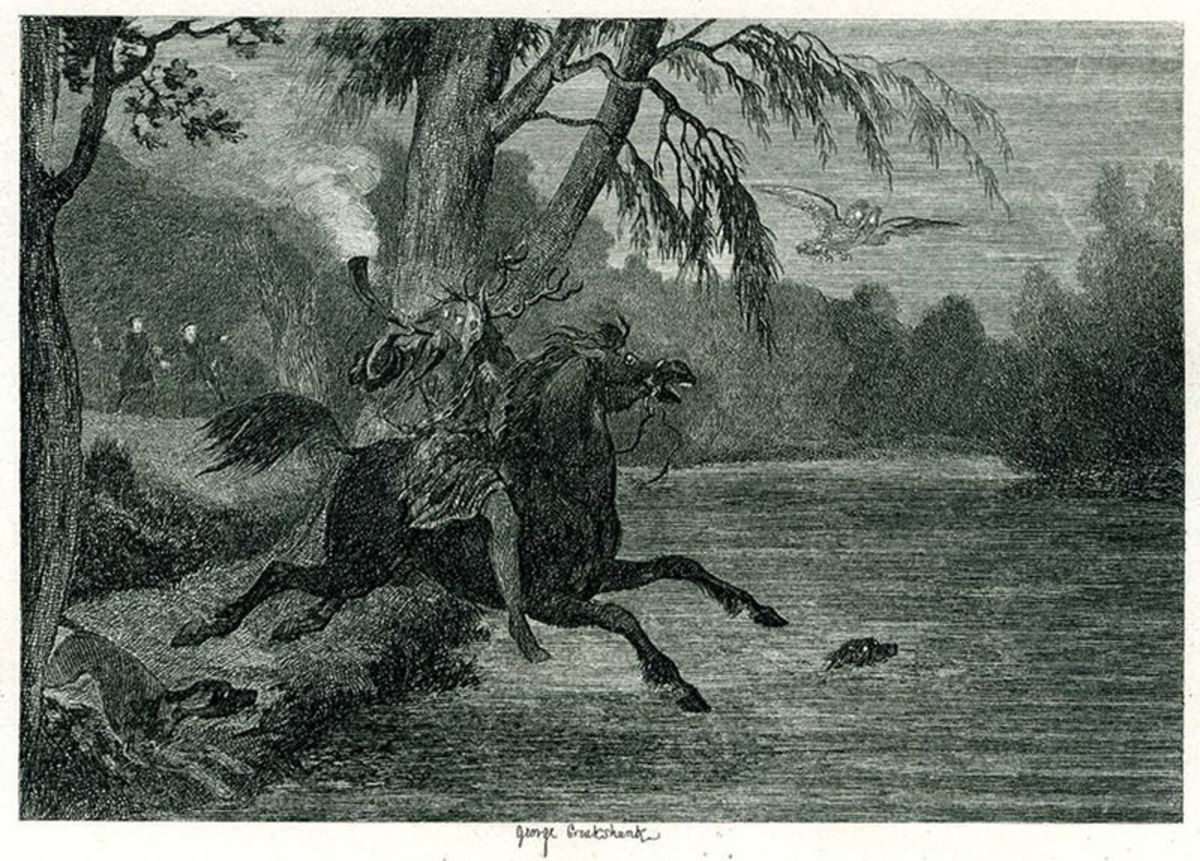Discover How to Hunt Turkey, From a Pop Up Blind
Love to Hunt Wild Turkeys
The wild turkey is the second most popular large game animal hunted in the USA today. The majestic bird consists of five subspecies. The Eastern, Gould, Rio Grande, Merriam, and last but certainly not least, the elusive Osceola. The Whitetail deer is the only big game animal in the US hunted more than the wild turkey, by both Archery and firearm hunters. Successful hunters prefer using time-tested methods that use hunting blinds to harvest these majestic animals. As you read this article, discover how to hunt turkey, from a pop up blind. You will uncover carefully guarded secret tips and tricks, proven many times over by past generations of hunters that simply, make turkey hunters just like you, unbelievably successful.
The ole long beard
Long before the earliest European settlers discovered North America. Native American hunters knew the wild turkey has extremely keen eyesight, far better than a human hunter or most other animals. The North American wild turkeys do have monocular vision, with their large eyes located on each side of their head. Wild Turkeys do not see in 3-D they can however judge distances. When they need to do so, they simply cock their head from side to side. This ability in conjunction with a long neck that easily rotates, making it easy for a turkey to see a full three hundred and sixty degrees. Turkeys can detect the slightest movement of a predator, determine its distance, and decide weather to run or take flight in order to make its escape.
How to set-up the kill zone blind
Hunters need a comfortable seat
Old boss hens see colors
Turkeys can see some colors, hens and subordinate toms react to the color changes to a dominate gobblers head and waddles. Different shades of blues, reds and white, associated with the breeding season these color variations stimulate the hens to want to breed with the ole boss gobbler in spring. On the other hand, a turkey’s night vision is extremely poor, causing them to go to roost at dusk where they spend the night, until dawn and they leave the roost.
The ole boss gobblers, subordinate toms, jakes and hens leave their roost shortly after sunrise each morning. That is of course, unless for reasons of bad weather they cannot see the ground. Overcast or foggy mornings will generally keep the birds on the roost until they can make sure there are no predators waiting to make an easy meal of them. You see, an ole long beard understands one thing perfectly, he tastes good, and every Conover in the world wants to eat him. For this reason, a turkey unlike a whitetail deer who thinks every hunter is a stump. The weary old birds think every stump is a hunter that would like nothing more than to eat them.
Flock leaves the roost
When they leave the roost, the birds call to one another, talking turkey serves many purposes. Reveille starts the day with a few soft tree yelps and clucks, followed by a fly down cackle and the beating of their large wings as they fly down. This is why turkey hunters use mouth calls, box calls and slate calls to imitate the ole boss hens calling to the rest of her flock. Experienced hunters also carry in their little bag of tricks, Ok their hunting vest; an old turkey wing preserved using borax and salt. Used with a fly down cackle and beating the wing, ok flapping the wing as though you are flying, simulates a bird leaving the roost.
Raspy yelps and assembly call
Once on the ground, the boss hen sounds the assembly call. Using a series of raspy yelps, the boss hen both reaffirms her place in the flock, and through her movements indicates where the flock will be going next. She may lead them to the ole boss gobbler who has been calling to her requesting a breeding encounter or to a clearing or crop field for breakfast.
Knowing where turkeys roost is a key bit of information, after all the roost is where a wild turkey starts, and ends each day. Where the ole long beards and hens go from there, and how they return is an extremely valuable bit of information. I think you can see where this is going, turkeys start at point A (the roost) and travel to point B (a clearing or field) to do what turkeys do. Setting-up your pop-up blind between point A and point B, calling to them in a manner that makes sense to them encourages the birds to go where it is they want to go anyway.
Set-up your pop-up blind, where it is easy to get in and out of without spooking any game animals is the best set-up to ensure your hunting success. Turkeys do not rely on their sense of smell, but they do absolutely rely on their eyesight. Avoid setting-up your hunting blind where the sun will be in your eyes. Not only will the sun act as your own personal spot light drawing attention to your every move, it will also make your hunting blind uncomfortable when the temperature gets hot.
Take care; remember camouflage, cover and concealment. Become one with your surroundings and keep the wind in your face.
Best wishes, and good hunting. Mike
The author of this publication, Mike Teddleton owns the copyright to Discover How to Hunt Turkey, From a Pop-Up Blind. The rights to publish this article in print or online can only be granted by contacting me the author in writing. You may use the intro and link back to the article directing the reader back to my post here at HubPages where they may find the story in its entirety








